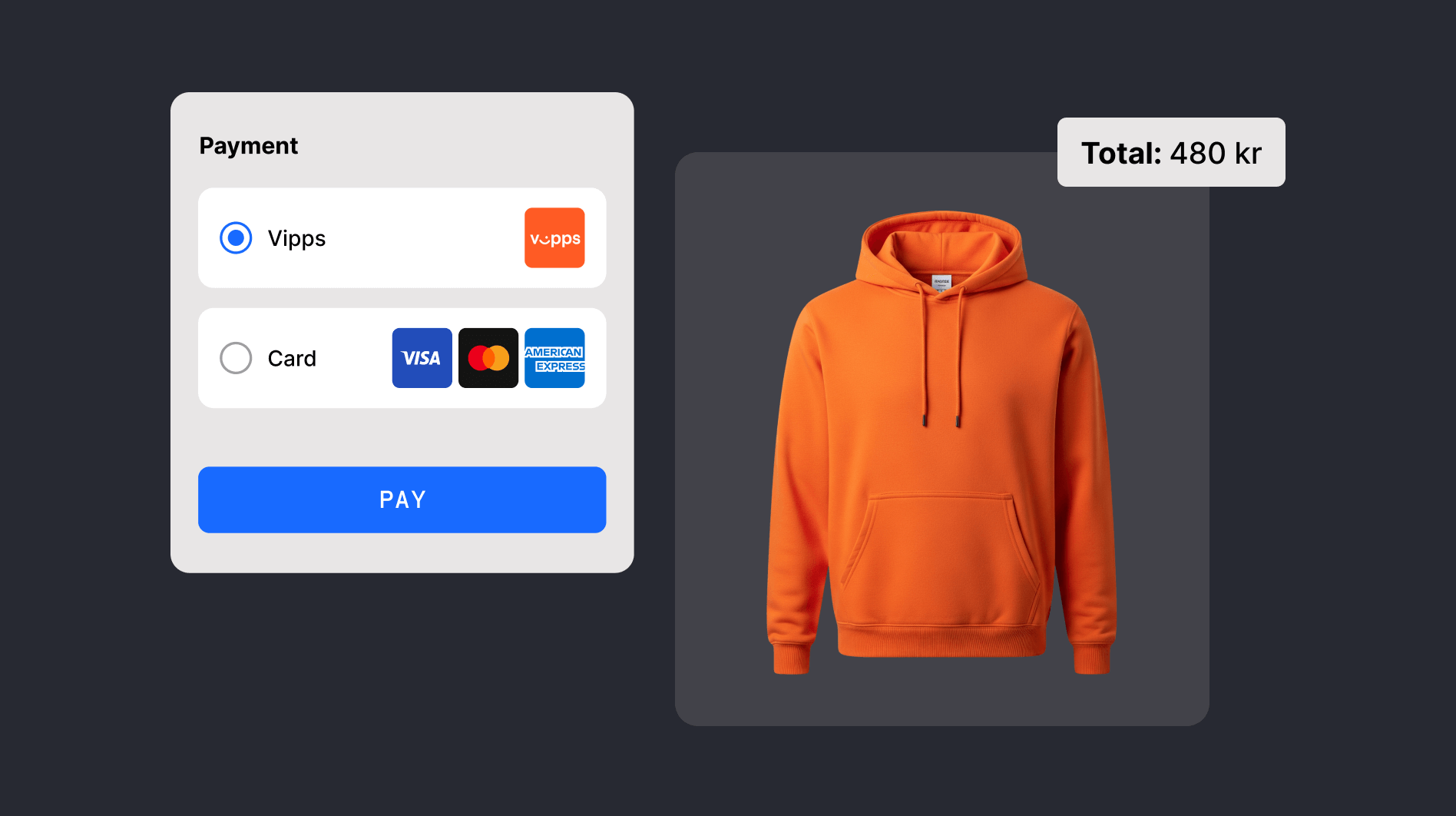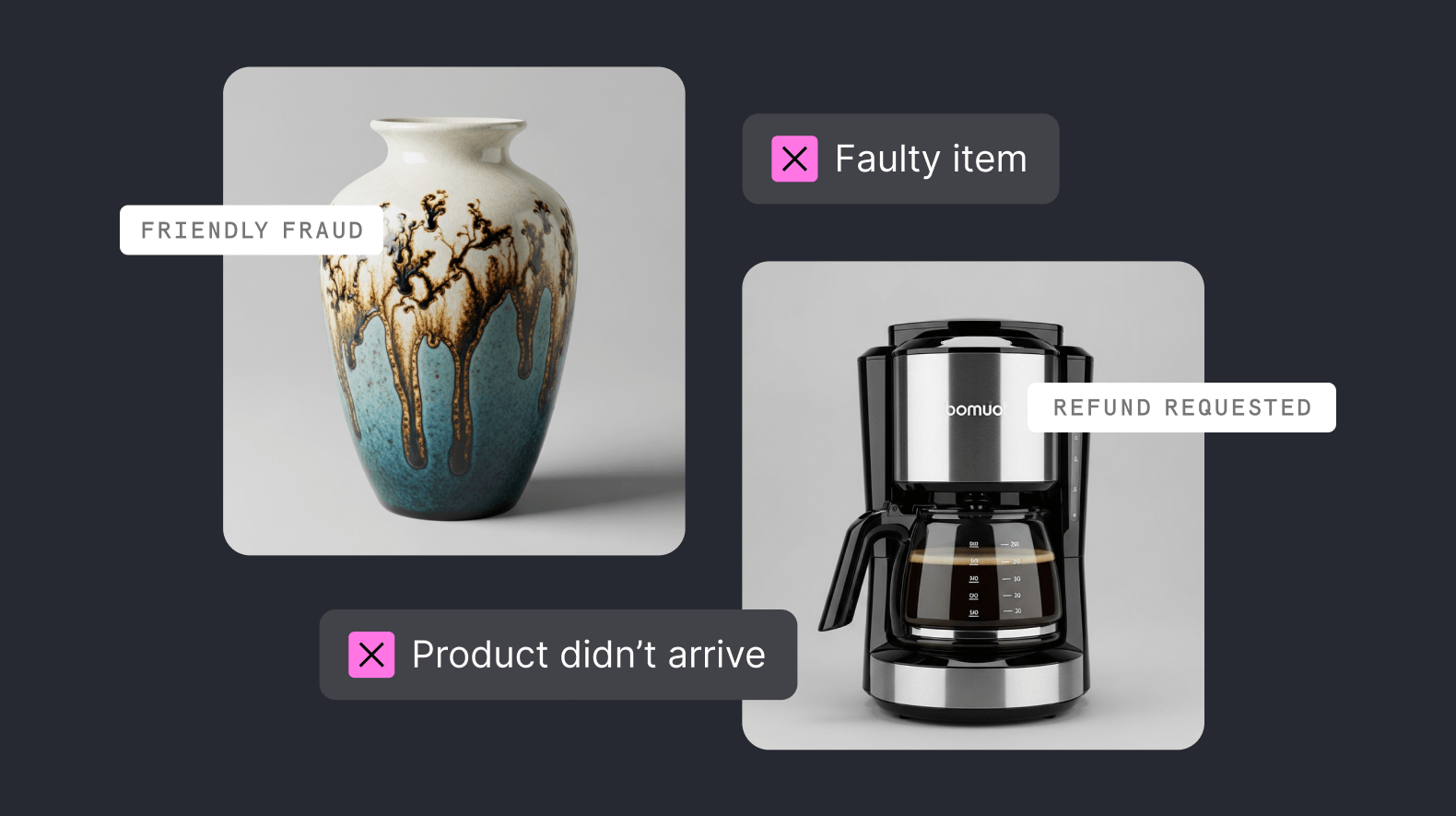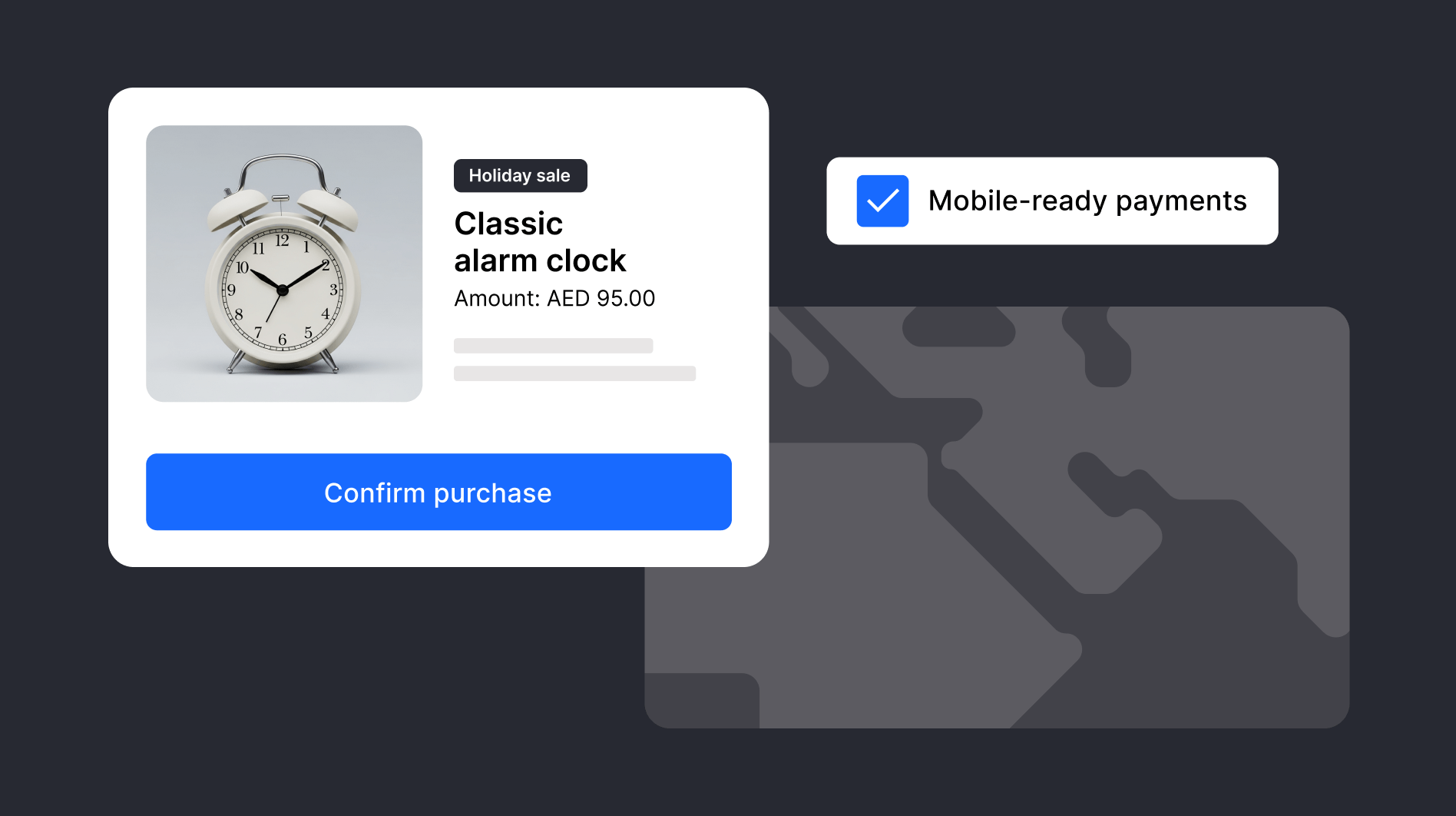Think about the last time you deserted a basket full of items just before you were about to proceed to an online checkout. Sound familiar? That’s because this is common behavior among online shoppers – better known as shopping cart abandonment. Recent studies have shown that an estimated 70% of ecommerce visitors abandon their shopping cart before their transaction is complete. This is said to cost a staggering $4 trillion a year in lost revenue and it shows no signs of slowing down anytime soon.
A large cause of the cart abandonment epidemic is simply a consequence of how consumers shop online. For example, there are some consumers who use online shopping as a form of window shopping, whether it's to compare prices, save items for a later date or exploring different gift options. There will always be an unavoidable element of cart abandonment, but at the same time there is a significant percentage that is easily recoverable.
In this article, we explain what cart abandonment is, why it happens, why it matters and give you some top tips for how to convert abandoned carts into successful transactions.
What is online shopping cart abandonment?
Shopping cart abandonment is simply when a customer adds a product or products to their basket but then fails to complete the purchase.
Shopping cart abandonment rate is a vital metric for ecommerce businesses as it’s a good indicator of whether or not you have a problem with your checkout process that might be impacting conversions. You can calculate your shopping cart abandonment rate by dividing the number of completed purchases by the number of shopping carts created, subtracting that number from one, and then multiplying it by 100.
What is the average cart abandonment rate?
According to the Baynard Institute, the average shopping cart abandonment rate in 2024 is 70.19%. This percentage was calculated by taking an average of statistics from 49 different studies, stretching from 2006 to 2023. The lowest level of abandonment was 55%, found by a Forrester research study in 2010. The highest was 84.27%, found by SaleCycle in 2020. The median was exactly 71%.
Similar studies on cart abandonment also found much higher rates in 2010 and much lower rates in 2020, so it would be unwise to conclude any meaningful change over time. The main takeaway is that a healthy cart abandonment rate falls somewhere between 60% and 80%.
Why is shopping cart abandonment a problem
If you have a high rate of cart abandonment, it means you’re losing a large number of potential customers and sales. If this proves to be a persistent problem, all that missed revenue could have serious implications for your business. However, in many cases, these losses can be avoided by taking the time to understand why your shoppers aren’t completing their purchases.
Reasons for shopping cart abandonment
Here are some of the key reasons you might be experiencing a high shopping cart abandonment rate.
Unexpected high shipping costs
Discovering unexpectedly high shipping costs at checkout is frequently cited by shoppers as one of the biggest reasons for shopping cart abandonment. Many consumers have become used to the quick, cheap delivery options offered by large ecommerce businesses like Amazon, though smaller rivals can’t afford to be so generous.
Have to create an account
Anything that introduces additional stages into the checkout process can discourage potential customers from completing their purchase, and creating an account is one of those inconveniences that can make the whole process seem like more effort than it’s worth, especially when they have no intention of buying from you again. Many consumers suspect, correctly, that creating an account will lead to their inbox being flooded with unwanted marketing emails. A simple fix is just to offer a guest checkout option.
Redirected to buy later
Online shoppers can be very fickle, and whether they came to your website with the intention of buying a particular product or it’s an impulse buy, suddenly being redirected to a buy later option could be all the reason they need to give up on their purchase entirely.
Payment security concerns
Payment security concerns can be a harder aspect of shopping cart abandonment to pin down. That’s because, for your potential customers, it could be as simple as being put off by an old fashioned looking website or an unfamiliar payment gateway that makes them feel suspicious or lose confidence in the safety of your checkout page. They could also be dissuaded by a lack of customer reviews or testimonials, which could damage your image as a legitimate business.
Long or complex checkout process
Even if you don’t mandate account creation, if your checkout process is too complex or confusing, shoppers might be disincentivized from completing their purchase. The fewer the steps from discovering to buying a product, the better.
No discount codes available
Some savvy shoppers will only buy something if they can get money off with a discount or promo code. It’s not always affordable to do this, and encouraging customers to only buy from you when they can get a discount comes with its own set of problems. However, offering incentives for first-time customers can reap rewards in the long run, especially if your rivals are doing the same.
Long delivery times
The delivery date of an item is often not revealed until the end of the checkout process, but even at this late stage, if the shipping time is longer than expected, your customer might abandon their purchase. As with shipping costs, smaller online retailers are often unfairly compared with the delivery times offered by large rivals, and it’s not always feasible to compete. The important thing is to be realistic and to manage your customers’ expectations.
Lack of payment options
Customers often have a preferred method of paying for their purchases, which can vary by region. Whether it's because they consider their chosen method to be more trustworthy or because they can only afford big ticket items by paying in installments, failing to offer desirable payment options at checkout could make all the difference between a completed and an abandoned purchase.
Site speed
A slow or laggy site could result in cart abandonment for a couple of reasons. Firstly, the shopper might simply give up on their purchase because the relevant pages are taking too long to load. Secondly, they could take it as a sign that your site has been compromised in some way and is not to be trusted.
Technical issues
Similarly to site speed issues, if your customer experiences a technical problem, like a 403 error while trying to make a purchase, they might either abandon the purchase because it’s taking too long or because they’ll see it as a sign that your website can’t be trusted.
How to calculate the cart abandonment rate
Calculating your cart abandonment rate is easy. You just have to divide the total number of successful purchases by the total number of shopping carts created over the same period. Then minus that figure from 1 and multiply it by 100. Now you have your abandonment rate.
For example, if you had 102 completed purchases and 350 carts created, you would perform the following calculation:
- Divide 102 by 305 = 0.29142…
- 1 - 0.29142857 = 0.7085…
- Multiplied by 100 = a shopping cart abandonment rate of 70.85%, which falls well within the normal range
How to reduce cart abandonment
The good news is that there are ways to reduce shopping cart abandonment. Use these tips to transform your abandoned baskets into completed purchases.
Use a trustworthy platform
One of the single best decisions you can make to ensure a healthy cart abandonment rate is to choose a trustworthy payment platform. This will help you in a number of ways. Firstly, it will send strong trust signals to customers - for example, in the form of the Secure Sockets Layer (SSL) certificate, the HTTPS and lock symbol in the search bar, which indicates that the page is encrypted - which means they won’t be dissuaded from completing a purchase because they think your site seems suspicious.
A trustworthy platform will also have been designed to cope with a high level of traffic and transactions, meaning it’s less likely to be affected by slow loading speeds and glitches that could interrupt the buyer journey.
Finally, a trustworthy platform will give you the flexibility to customize your buyer journey and checkout experience to maximize conversions.
Steer and simplify the payment flow
Providing shoppers with a visual indicator of how far they have progressed throughout the entire checkout process is a must, always keep in mind that the less steps you have, the more conversions you are likely to get. Keep it as simple as possible to avoid abandoned baskets.
Preserve your environment
It might seem obvious but the importance of having a native integration with your payments page shouldn’t be underestimated and yet it is still neglected by far too many merchants.
You’ve invested substantial resources into creating your brand identity and crafting the best possible online store, so why falter at the last and most important stage of all? Can you imagine walking into a store and then being asked to complete your payment through a backdoor that leads to a small room? You’d probably refuse. With this is mind, it’s imperative that your payment page integrates seamlessly into your online store, providing users with a frictionless experience.
Be mobile friendly
These days, around one-third of payments are now made through mobile. Therefore it’s critical that all payment flows be completely responsive across all mobile devices to avoid checkout abandonment.
Add value with flexibility
It’s essential that shoppers are given the opportunity to be flexible and are able to make amendments to their order, even at the checkout stage. It all comes back to the user experience. By giving shoppers the capability to update quantity/remove items and the option to add items, you’re continuously adding value.
Convenience is key
Implement a one-click payment method to make it easier for customers to pay via securely stored details using “tokenization” technology. This enables customers to save their information the first time they make a purchase from your store. Moving forward, there is no need to re-enter payment details; everything is simply completed with one-click.
Be transparent
Display all key payment information on one single page – including:
- Product details
- Buyer information (ID information and billing address)
- Shipping address and delivery date
- Payment methods
- Have the privacy policy, shipping details, FAQ and returns policy within easy reach of the checkout screen.
Know your audience
You should automatically adapt your language based on the IP address of your customer. These small details make a huge difference.
Companies spend a significant amount of time and resource into creating the best possible online experience for shoppers, supplemented by expensive marketing campaigns as a means to attract potential shoppers to their store. After investing so much, it would be disappointing if they failed to convert visitors to customers at the very last stage of the purchase funnel – the checkout step.
Offer guest checkout options
As we explained earlier, mandatory account creation can be a real turn-off for potential customers. That’s why we’d always recommend giving your shoppers the option to checkout as a guest. They’ll still have to provide their email and, once they’ve made a purchase with your business, you’ll have future opportunities to turn them into a loyal customer.
Offer free shipping
This isn’t feasible for every business, especially if shipping internationally, but offering free shipping can act as a powerful incentive and, if offered as a reward for spending over a certain amount, can easily pay for itself.
Optimize page load speeds
Slow, laggy pages can knock customer confidence. An easy fix is to keep an eye on your site availability and uptime and ensure you upgrade your capacity to meet demand at peak times.
Minimize false declines
False declines - where legitimate transactions are rejected because they’re suspected to be fraud - are a costly but easily rectifiable mistake. To minimize them, you need to understand why they're happening and build smarter filters within your fraud detection system that can better understand the context behind each transaction. You should also incorporate machine learning into your fraud prevention strategy, which can learn from historic data to better distinguish between fraudulent and legitimate purchase attempts.
Offer one-click checkout
A one-click checkout option can seriously improve your conversion rate as it reduces points of friction between your customer deciding to make a purchase and completing that purchase. To implement one-click checkout, you need to enable card-on file payments, where you securely store customer details for future purchases.
These cards are protected by tokenization, where sensitive details like the primary account number (PAN) are replaced by a random sequence of numbers, otherwise known as a token. This means that you only store the tokenized version of the card, which cannot be stolen by hackers and used to commit fraud. According to our data, card-on-file payments are 8% more likely to be authorized than non-card on file payments.
Offer alternative payment methods
You should offer as many alternative payment methods (APMs) as possible at checkout. APMs are types of payment that don’t belong to major card brands, such as digital wallets, buy now, pay later (BNPL), bank transfers, and domestic card schemes. Consumers are much more likely to follow through with a purchase if they use their preferred method, maximizing conversions
Offer a clear return and refund policy
You should make sure it’s easy for your customers to find information on your refund and returns policy before they click purchase, either by including the information at the bottom of the checkout page or by providing a link to a page where they can find it. This will give them the confidence to continue with their purchase, safe in the knowledge that, should they be dissatisfied with the product or service they receive, they’ll get their money back.
Abandoned cart recovery
Retargeted ads and abandoned cart emails are a relatively friendly way to remind shoppers that they have items waiting in their basket. You can send them a payment link within the email or push notification to make it easy for them to continue their shopping journey. Sometimes this can be all the encouragement they need to complete their purchase.
Avoid checkout abandonment with Checkout.com
Merchants are currently losing $20 billion a year due to false declines and $18 billion to cart abandonment. That’s why you need to work with a payments platform that employs tools that actively tackle these perennial problems - a platform like Checkout.com.
Firstly, we use tokenization, allowing you to store a secure network token to use for frictionless one-click payments instead of your customer’s sensitive card details.
Secondly, our integrated platforms approach gives you maximum flexibility over your payment setup, allowing you to customize it to your customers’ preferences and optimize for conversions.
Finally, our real-time account updater guarantees that you won’t lose a payment due to a lost, stolen or expired card. Our product automatically sources and updates card details from issuing banks when they change, rather than your customer having to manually enter their new details. This decreases friction and can result in a 30% decrease in lost customers.
Discover more about how Checkout.com can help you fight cart abandonment.







.png)
.png)




.png)

_conversion%20tactics.png)
